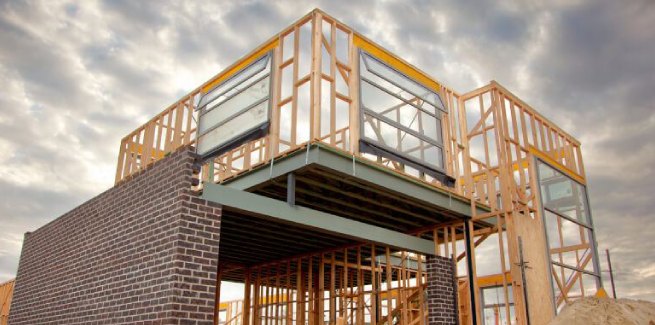The sale of new homes has fallen 22.8 per cent since the introduction of COVID-19 restrictions to their lowest point on record, according to data recorded by the Housing Industry Association (HIA).
The survey is conducted by HIA each month on the largest 100 home builders in Australia, who account for one-third of all new houses built in Australia.
The results show that new home sales fell to their lowest level on record in March, and then fell even further in April.
Additionally, the number of new home build cancellations exceeded 30 per cent in April, more than four times the typical rate of cancellations, according to HIA chief economist Tim Reardon.
“During shocks such as the GFC or the 2018 credit squeeze, the cancellation rate peaked at 17 per cent,” he said.
Mr Reardon noted that in net terms, there is likely to be a contraction of “more than 50 per cent” in the volume of new building work in the future, which will be noticed in the second half of 2020.
“As this situation plays out through May, we expect to see on-site work begin to contract as early as July 2020, in some regions.”
He stated that COVID-19 has exacerbated a slowdown in the new-build market, which has been underway since mid-2018.
“The volume of home building underway at the end of March was already 18 per cent lower than in mid-2018,” he added.
Further, the most recent HIA Trades Availability index showed a “marginal surplus” of skilled trade’s people in the March quarter, for the first time since 2013.
“We expect the COVID-19-related contraction in building work will see a significant reduction in work hours on building sites in the second half of 2020,” Mr Reardon said.
“These skilled trades are typically small businesses and therefore will not be recorded as unemployed. Rather, they will initially work fewer days per week as work on their books shrinks. This will then drag on the prospect of an economic recovery across the economy into 2021,” he added.
The HIA chief economist stated that the removal of all COVID-19 restrictions still likely “will not prevent a material deterioration in work and employment” in the home building industry until 2021.
“Unlike the reopening of other sectors, the lead time for the home building pipeline is six to nine months, so even if the economy restarts on 1 July, the supply of work in residential building will continue to decline into 2021,” he said.
“This would see home building in the December 2020 quarter at a level lower than during the 1990s recession, when the population was 32 per cent smaller than today.”
[Related: Labour participation sinks to record low]

